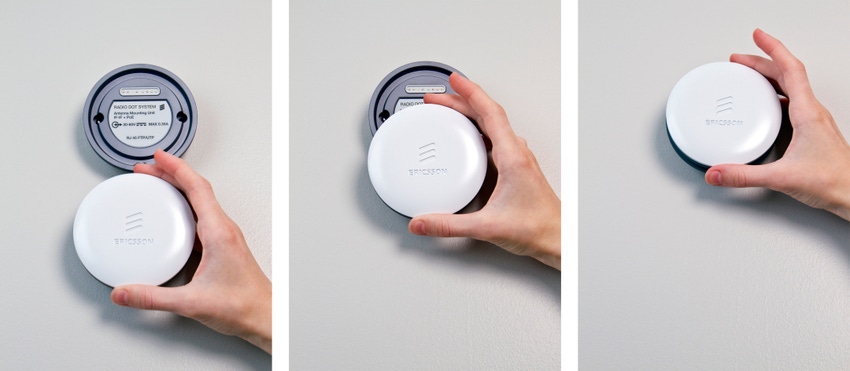Swedish vendor Ericsson will unveil a managed services business model later this month during MWC that will see it take ownership of small cell infrastructure on behalf of operators. The Small cell as a Service offering is designed for high capacity environments that also experience peaky demand, such as sport stadiums, allowing operators to ‘fill in’ for capacity needs without densifying the macro network.
February 13, 2014

Swedish vendor Ericsson will unveil a managed services business model later this month during MWC that will see it take ownership of small cell infrastructure on behalf of operators. The Small cell as a Service offering is designed for high capacity environments that also experience peaky demand, such as sport stadiums, allowing operators to ‘fill in’ for capacity needs without densifying the macro network.
The approach involves low-powered, short-range radio access nodes to supplement existing networks and increase capacity in traffic hot spots. Under Ericsson’s ownership, the installation could serve multiple operators when dedicated deployments are impractical.
Patrik Jakobson, head of network sharing at Ericsson, said the move was an evolution of the managed service model. Traditionally operators outsource both network operations and service to provide operational scale and savings, he said. “But operators are looking for even more scale in economies and efficiencies. So it’s not just operational scale but scale in assets, combing that with capex and opex savings,” he said. “As a result it’s natural that we go into areas like small cells and managed rural coverage where we own the sites.”
To be clear, Jakobson is not talking about owning one site here and there but instead talking about large districts or several districts together and taking responsibility for that chunk of the network.
“If an operator is going to buy this as a service and capacity then the provider must guarantee the SLA and KPI and that entity needs to own the hardware and software,” he said.
The news is interesting in light of results from the 2014 Telecoms.com Intelligence Global Industry Survey. Today it makes most sense for the network operator to own the indoor LTE infrastructure, according to 65 per cent of respondents to the Survey. But with operators outsourcing large chunks of their network and operations to vendors, it makes sense for them to outsource indoor coverage too. This could mean enterprises get better support as at present only 12 per cent of survey respondents believed operators were focused on providing good indoor LTE coverage for enterprises.
The 10th annual LTE World Summit, the premier 4G event for the telecoms industry, is taking place on the 23rd-26th June 2014, at the Amsterdam RAI, Netherlands. Click here to download a brochure for the event.
Moreover, because Ericsson owns the connectivity, the company is able to scale that up as required over the course of the contract period. “So you might start with DAS, wifi and small cells but then you might add LTE broadcasting the next year, then the next year add content distribution platforms. So we own the infrastructure and we introduce new infrastructure.”
This reduces the risks for the operator as significant technological, operational and financial risks are offloaded to Ericsson, the firm said. “The equipment cost is not the major part, it’s the labour, the power for all that. Whatever we can do to reduce that cost is what operators are asking us,” Jakobson said.
In contrast to Ericsson’s pitch, a total of 65 per cent of respondents and 75 per cent of operator respondents to the Telecoms.com Intelligence Industry Survey 2014 said they were best placed to own indoor LTE infrastructure. However, just over a fifth of operators admitted that they don’t understand enough about indoor network design to fulfil this role, actually making a case for Ericsson’s proposal.
The model also fits with Ericsson’s push into the broadcast sector. Earlier this month Ericsson acquired US-based upstart Azuki Systems, a television streaming delivery platform provider. The vendor said that the acquisition strengthens its television and media portfolio and complements Microsoft’s TV unit Mediaroom, which it purchased in April last year.
“Small Cell as a Service will enable operators to manage increasingly video-centric traffic in ultra-dense environments where it may not be practical to find additional sites for macro cells,” said Jakobson. “The service is also a means of monetising carrier grade wifi and dedicated media content, advertising and over-the-top (OTT) services. It can be offered in conjunction with broadcast services such as content distribution and delivery, content processing and video stream handling, as well as Ericsson’s content management systems.”
About the Author(s)
You May Also Like








.png?width=300&auto=webp&quality=80&disable=upscale)


_1.jpg?width=300&auto=webp&quality=80&disable=upscale)


.png?width=800&auto=webp&quality=80&disable=upscale)